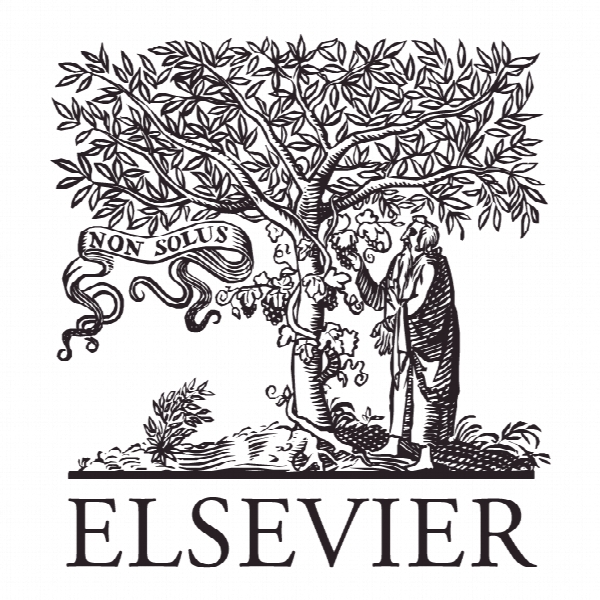نقش تسهیل کننده احساسات منفی در فرآیند تصمیم گیری: سلسله مراتب رویکرد مدل اثرات The facilitating role of negative emotion in decision making process: A hierarchy of effects model approach
- نوع فایل : کتاب
- زبان : انگلیسی
- ناشر : Elsevier
- چاپ و سال / کشور: 2017
توضیحات
رشته های مرتبط مدیریت
مجله مدیریت مالی چند ملیتی – Journal of Multinational Financial Management
دانشگاه دانشکده مدیریت، تهران، ایران
نشریه نشریه الزویر
مجله مدیریت مالی چند ملیتی – Journal of Multinational Financial Management
دانشگاه دانشکده مدیریت، تهران، ایران
نشریه نشریه الزویر
Description
1. Introduction It has been argued that negative and positive emotions can facilitate the decision making and Damasio (1994) asserted that these emotions play a critical role in people’s selection of alternatives. The recent focus on emotional decision making can be attributed to several reasons. First from psychological aspect, consumers’ emotional reaction in consumption context should be studied specifically because it is as important as cognitive process in understanding consumer behavior (Batra & Ray, 1986; Derbaix & Pham, 1991). Also it can be attributed to the fact that today products are more homogenized. Unlike the past, today almost all products satisfy the utilitarian aspects of consumers’ needs (Heath, 2001) and other factors than rational and logical factors are being employed by consumers in order to make consumption decision. Today consumers don’t purchase a product solely for its features or physical attributes. Therefore other factor should be considered as influential factors in this process. In order to provide a reliable model for the facilitating role of emotion in the hierarchy of effects model, it seems necessary to understand the role of emotion in HEM. (See Figs. 2–4.) motion is a key element in consumer behavior, decision making and consumption (Bagozzi, Gopinath, & Nyer, 1999; Holbrook & Hirschman, 1982; Leone, Perugini, & Bagozzi, 2005; Luce, 1998; Pham, 1998; Ruth, 2001) and has been perceived as opposite to rationality (Ashforth & Humphrey, 1995; Putnam & Mumby, 1993). But how do consumers use emotion to make decisions and to process information? It has been discussed whether emotions are functional or disruptive (Gohm & Clore, 2002). Some researchers debate that emotions are a source of bias (Shiv, Loewenstein, Bechara, Damasio, & Damasio, 2005). Other researchers assert that emotion can play an adaptive role in decision making (Damasio, 1994). In this study we try to shed some light on this debate by suggesting that whether negative emotions are functional, they facilitate the process of decision making through hierarchy of effects model. We propose that consumer experience positive and negative emotion during decision making and use these emotions to facilitate their decision making process. We empirically examined the proposed relationships in Iranian smartphone market. In this study we try to provide direct empirical evidence regarding how emotion affects consumer’s decision making process through hierarchy of effects model. We also examine the role of positive and negative emotion in this process.


